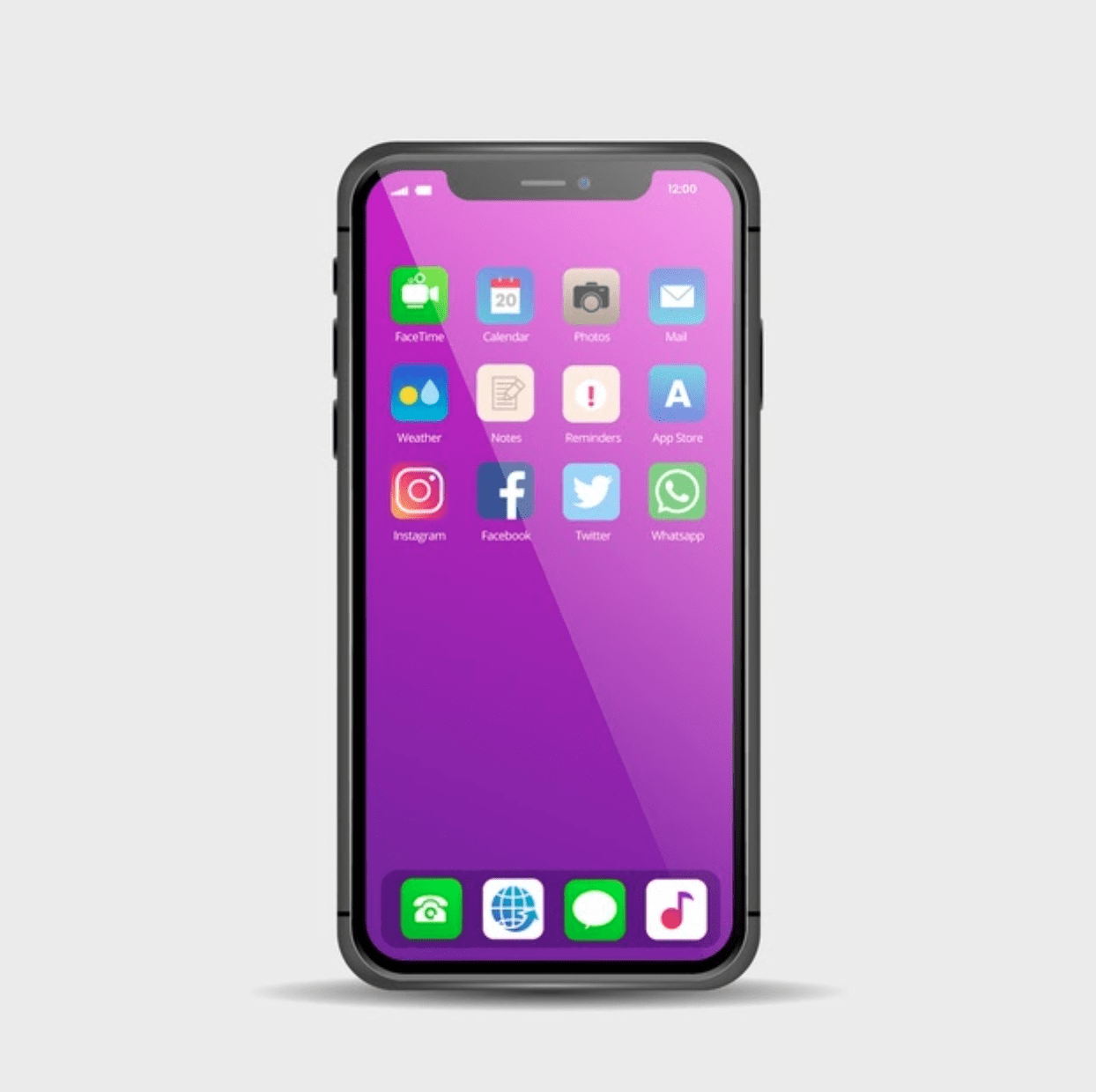The Complete App Development Process for a Stellar Launch
So you’ve come up with an idea for a mobile app. Great, now all you have to do is turn your idea into reality. Developing an app is a process that requires a lot of work, money, and time. How do you create an app? Where should you begin?
The following list details the six most important steps to develop and launch your app.
1. Starting Point: Research
Take your idea and refine it into a solid foundation for an app.
Start by figuring out who your target audience is. Your analysis should include standard demographics, behavior patterns, interests, goals, and motivation of your customer or buyer persona. In fact, your end-user should be on your mind during each stage of the app development process.
Once you’ve determined your customers’ characteristics, move on to the lifecycle. You need to figure out how you’re going to acquire, convert, retain, and nurture customers, as well as how they will be using your app. Doing this at the very beginning will provide a strong base and clarity for yourself and your investors.
You should also take some time to analyze your competitors. Check out their apps to see if they lack any features so you could include them in yours and make it stand out.
Step 2: Wireframe the App
After you’ve reviewed your target audience and researched your competition, the next step is to wireframe the app.
Even though you might be in a hurry, sketching the app is very important as it might help you detect any usability issues. In addition to tracking your steps, sketching can serve as an effective collaboration and communication tool.
After sketching is done, wire-framing is a great way to refine your ideas and arrange the design components the right way. This will not only help you overcome any technical limitations found in the backend development process but also allow you to understand how the initial features will work together in an app.
You could also create a storyboard or a roadmap that will show the relationship between each screen, as well as how people will navigate the app.
Step 3: Build a Prototype
In order to comprehend the experience, you need to be able to actually touch your app.
Building a quick prototype is the best way to see how your app flows and works and ensure that you’re moving in the right direction. Use rough wireframes and make sure to include the stakeholders in the process. This way, they’ll be able to get a first look at your mobile app and give you valuable feedback you can implement before you get started with designing.
Step 4: Start Designing
Designing an app is a process that includes many steps and many review stages. Depending on the scope of your project and your budget, this phase could be completed in a day or it can take much longer.
Don’t forget to make several screen variations by playing around with the buttons, navigation layout, and other elements. Having more varieties will give you an opportunity to get a unique UX.
Step 5: Developing the App
Once all preliminary app development steps are behind you, it’s time to start coding. There are 2 sides to building an application – front end and back end.
The front end, i.e. the visual design, the interface – everything your users will see. Depending on the platform you choose (Android, iOS, web, Windows), you’ll be using a different programming language: Kotlin or Java for Android apps, Swift or Objective-C for iOS. There are also other tools such as version control systems, frameworks, and libraries.
The back end is what’s behind your app’s functionality. It holds everything together, maintains the operational logic, and manages communication with the servers. Popular programming languages for back end include Ruby, Java, Python, and Node.js. Your back-end developer should be able to operate local development environments, web servers, collaboration services, databases, etc.
Step 6: Test the App
When it comes to developing mobile apps, testing should happen early and as often as possible. Having in mind that the farther you move into the development process, the more expensive it will be to fix any bugs, testing will help you keep expenses low.
When testing your app, ensure that all aspects are covered. The app needs to be tested for security, usability, interface checks, compatibility, performance, and stress.
You should also conduct user acceptance testing to see if the app actually works for your target users. Let a few people in your target audience use your app and ask relevant questions. If your app passes this test, you’ll know that you have a solution that works!
Moreover, consider making your app available for a beta trial. The feedback you get from beta users will help you determine if its functions are working well in a real-world situation.
Final Thoughts
There you have it, your mobile app is now ready to launch. You should keep in mind though that the launching policies are different for different app stores.
Also, launching your app doesn’t mean your work is done. Once people start using it, you can expect to get lots of feedback and you need to find a way to incorporate this feedback into future versions of your mobile app.
Every mobile application needs new features and updates so, in general, once the first version is released, the development process starts anew. Ensure that you have all the resources needed to maintain your app and good luck!
We hope you enjoyed this promoted piece as much as we did!











